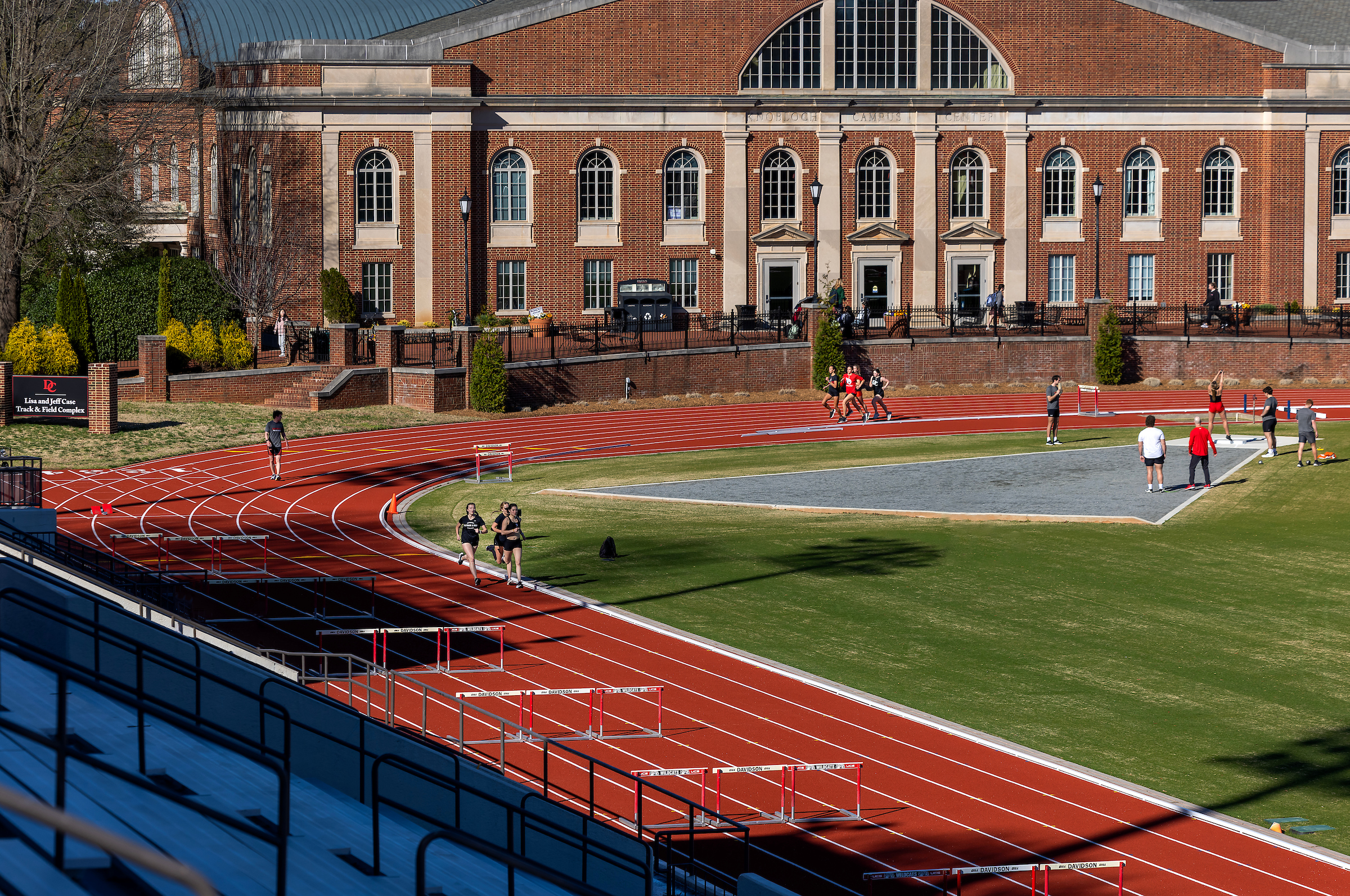Student’s Astrophoto Captures Rare Image of the Sun
Students in Assistant Professor of Physics Kristen Thompson's astronomy class recently conducted a lab session on Chambers lawn. To observe the sun's features safely, they used a solar telescope that features a narrow-band filter that only allows very specific wavelengths to pass, blocking harmful components of the sun's light from the observer's eyes.
The students also replaced the telescope's eyepiece with a CCD camera connected to a computer, which allowed them to take digital images of the sun as keepsakes to share with family and friends.
The CCD camera captures 1,000 frames in 1.5 minutes, and in post-production Photoshop software is used to stack different exposures to create a final image that properly balances the various intensities of the Sun's features-including sunspots, filaments and prominences-that are caused by the sun's chaotic magnetic field.
Sunspots, seen as dark spots on the disk of the sun that expand and contract as they move across the sun's face, appear where the surface temperature is lower than the surrounding regions. Although the temperatures of these regions are reduced compared to the surrounding material, they are still approximately 3727 °C.
Prominences can be seen reaching outward from the edge of the sun as plumes of gas that are carried away from the surface by the sun's magnetic fields. Filaments-the dark lines on the face of the sun-are the same type of phenomena, but viewed from a different angle.
As they were using the CCD camera in the lab, students were able to view a live feed of the image it was capturing on the screen of a computer connected to the camera. During his astrophotography session, Shea Parikh '16 noticed an airplane quickly crossing in front of the sun. The processed image of the plane transiting the sun is stunning, complete with contrails clearly silhouetted against the sun and its features.
"It was only there for a couple of seconds," recalled Parikh. "But it looked like something special, and I told Professor Thompson I thought I had something neat. It was lucky, but very cool!"
Thompson confirmed that it was a rare moment, and she has submitted the photo to NASA, local media and professional journals for their consideration. "I've done this lab with students for the past couple of years, and occasionally when they're looking through the telescope they see a bird or plane," said Thompson. "But we've never before captured an image of them when we were recording."


